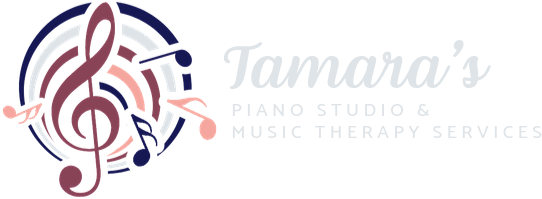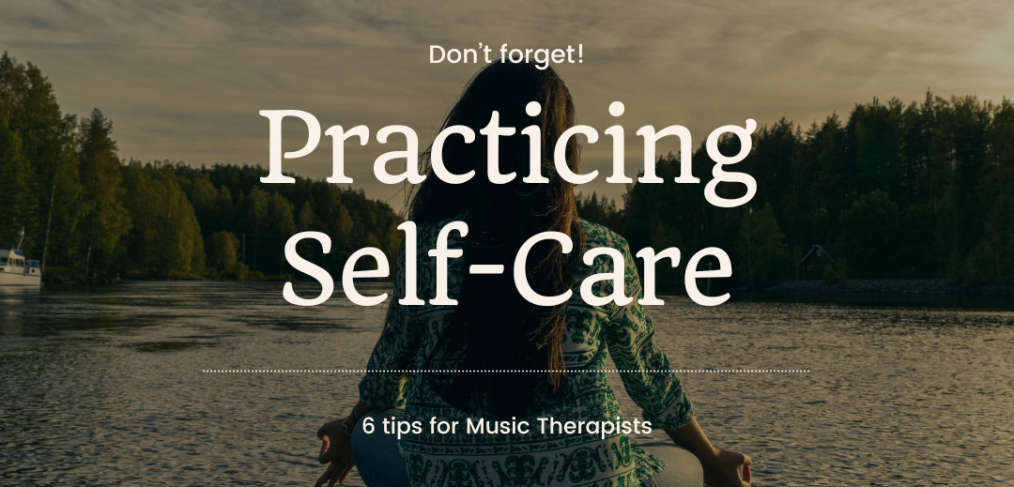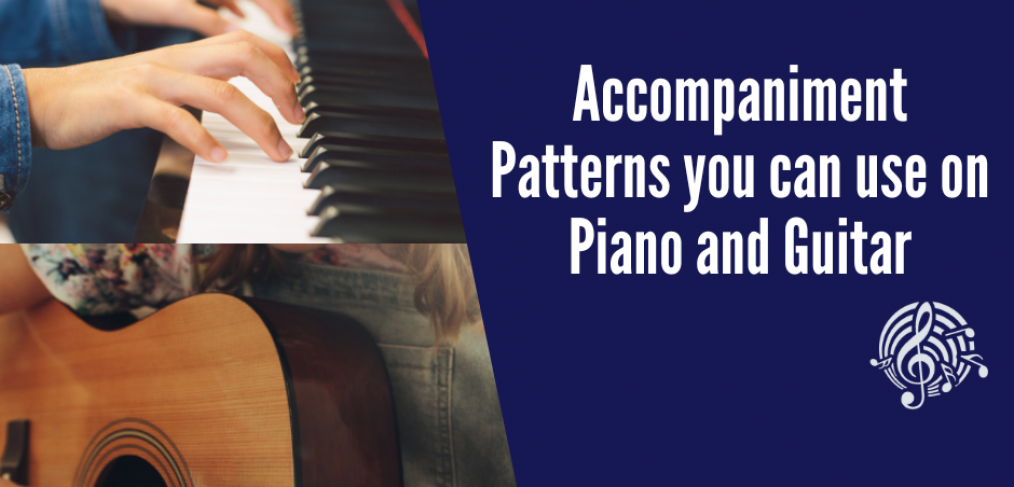With the new school year now underway, many Music Therapists and Music Teachers are adjusting to their usual routines. With the business that comes with day-to-day life, it is easy to put self-care on the back burner.
It is so important to prioritize self-care for your well-being to maintain your physical, emotional and mental health! Self-care is defined as caring for yourself. It includes anything you do to keep yourself healthy — “physically, mentally and spiritually” (Glowiak). Self-care is also important to relieve the pressure of everyday life and reset back to your usual self (Glowiak).
Here are 6 tips that Music therapists and Music teachers can use to help practice self-care during the school year, and all year long:
1. Musical Self-Care:
Engage in your own personal music practice that is for yourself and for your own enjoyment. One suggestion is making a playlist for times when you need to lift your mood using Music or Self-Care – Five Tips from a Music Therapist.
2. Supervision and Support:
Regularly participating in supervision or peer support groups can help discuss cases and/or receive important feedback from others. Don’t be afraid to ask for help when you need it!
3. Boundaries and Balance:
It is so important to set clear boundaries between your work and personal life to maintain a healthy work-life balance and prevent burnout.
4. Mindfulness and Relaxation:
Practicing mindfulness, meditation, and/or relaxation techniques can help to reduce stress and clear one’s mind.
5. Self-reflection and Journaling:
Regularly reflecting on your experiences, emotions, and thoughts can be another outlet for expressing yourself. It can also be another way to gain self-awareness. It is also important to reflect on gratitude. Reflect on the positive aspects of your work that you are grateful for. “Gratitude is a powerful positive emotion and mindset, it is closely intertwined with self-awareness” (Crestani).
6. Continued Learning:
Invest in professional development workshops, courses, and conferences. This is a great way to learn new techniques and approaches to better yourself as a therapist and teacher.
By prioritizing self-care, Music therapists and Music teachers can avoid burnout as well as help maintain physical, emotional and mental health.
Works Cited
Crestani, John. “Gratitude and Personal Reflection: Deepening Self-Awareness through Appreciation.” Lampshade of ILLUMINATION, 13 June 2023, medium.com/lampshade-of-illumination/gratitude-and-personal-reflection-deepening-self-awareness-through-appreciation-4c10430a68a6.
“Getting Started with Mindfulness.” Mindful, 2018, www.mindful.org/meditation/mindfulness-getting-started/.
Glowiak, Matthew. “What Is Self-Care and Why Is It Important for You?” Southern New Hampshire University, 14 Apr. 2020, www.snhu.edu/about-us/newsroom/health/what-is-self-care.
“Using Music for Self-Care – Five Tips from a Music Therapist.” TEND®, 20 Aug. 2018,
www.tendacademy.ca/using-music-self-care/.










